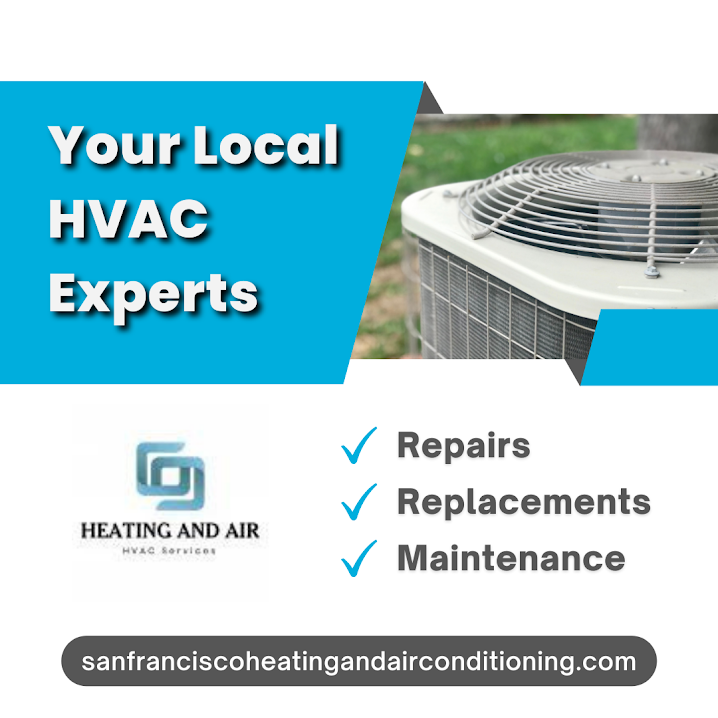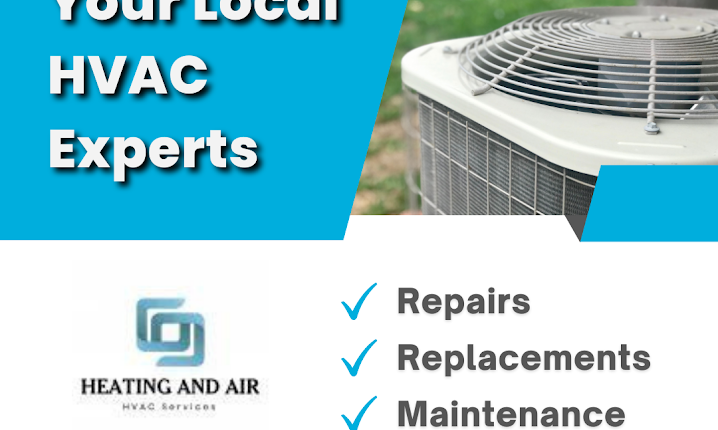
HVAC (Heating, Ventilation, and Air Conditioning) systems play a crucial role in maintaining indoor comfort and air quality. However, like any mechanical system, they can experience errors and malfunctions from time to time. One common issue that HVAC technicians encounter is the “Limit Switch Error,” often indicated by error codes 33 or 13. In this article, we will delve into the causes, symptoms, and steps to troubleshoot and resolve this problem in HVAC systems.
Understanding the Limit Switch
The limit switch in an HVAC system is a safety device designed to prevent the furnace from overheating. It monitors the temperature of the heat exchanger and controls the operation of the burner. When the temperature exceeds a safe threshold, the limit switch shuts off the burner to avoid potential damage or safety hazards.
Error Codes 33 and 13
Error code 33 (or sometimes code 13) typically indicates that the limit switch has been tripped. This means that the temperature around the heat exchanger has risen beyond the acceptable limit. Consequently, the furnace is shut down to prevent further heating until the issue is resolved.
Common Causes of Limit Switch Errors
- Restricted Airflow: Poor airflow caused by dirty air filters, blocked vents, or a malfunctioning blower motor can lead to inadequate heat exchange and trigger the limit switch.
- Dirty or Cracked Heat Exchanger: Accumulated dirt or cracks in the heat exchanger can cause uneven heating and result in the limit switch being activated.
- Faulty Blower Motor: A malfunctioning blower motor may not circulate air properly, causing the heat exchanger to overheat.
- Clogged Condensate Drain: A blocked condensate drain can lead to water accumulation in the system, affecting heat exchange and triggering the limit switch.
- Incorrect Fan Speed: If the blower fan operates at an incorrect speed, it can disrupt the balance of heat exchange and lead to overheating.
Troubleshooting Steps
- Inspect Air Filters: Check and replace air filters regularly to ensure proper airflow.
- Inspect Vents and Registers: Make sure that vents and registers are unobstructed and open.
- Inspect Heat Exchanger: Inspect the heat exchanger for dirt, debris, or cracks. Clean or repair as necessary.
- Test Blower Motor: Check the blower motor for proper functioning and lubricate it if needed.
- Clear Condensate Drain: Ensure the condensate drain is clear of any clogs.
- Check Fan Speed: Verify that the blower fan is operating at the correct speed as specified by the manufacturer.
- Reset the Limit Switch: Once the underlying issue is resolved, reset the limit switch to clear the error code.
Conclusion
Error codes 33 and 13 in HVAC systems are indicative of a limit switch error, often caused by restricted airflow, a dirty or cracked heat exchanger, a faulty blower motor, clogged condensate drain, or incorrect fan speed. Proper maintenance and regular inspections can help prevent these issues and ensure the efficient and safe operation of HVAC systems. If troubleshooting steps do not resolve the problem, it’s advisable to seek assistance from a qualified HVAC technician to diagnose and address the underlying cause.


Recent Comments